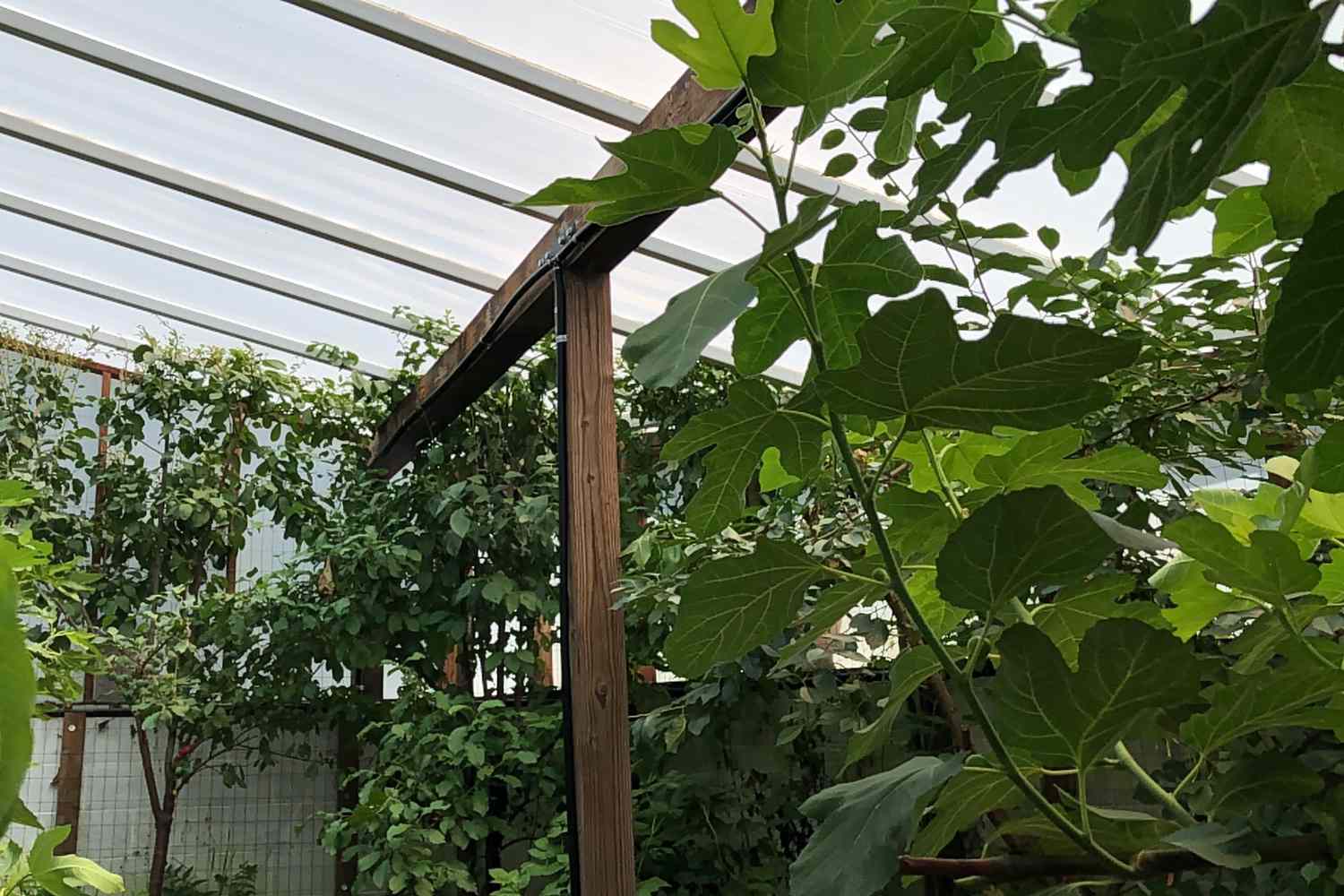Growers in chilly climates sometimes profit from various approaches to extend the rising season or improve their crops, along with chilly frames, hoop houses, and greenhouses. Greenhouses—typically glazed buildings— are typically pricey to assemble and heat all by the winter. Nevertheless, they’ve their benefits, which is why underground greenhouses is perhaps viable alternate choices.
The walipini (an Aymara Indian phrase for a “place of warmth”), usually often known as an underground or pit greenhouse, is a far more moderately priced and environment friendly year-round selection than the traditional glass greenhouse. First developed for the chilly mountainous areas of South America, the in-ground greenhouse permits growers to maintain a productive yard one yr a 12 months, even throughout the coldest climates.
How an Underground Greenhouse Works and How one can Assemble One
An underground greenhouse (walipini) is an intriguing set-up combining the concepts of passive photograph voltaic heating with an earth-sheltered establishing. Nevertheless how do you make one? American sustainable agriculture non-profit Benson Institute offers the enlightening information below on how an underground greenhouse works and the way one can assemble one:
The Walipini makes use of nature’s belongings to provide a warmth, regular, well-lit ambiance for year-round vegetable manufacturing. Discovering the rising house 6’ to eight’ underground and capturing and storing daytime photograph voltaic radiation are a really highly effective concepts in establishing a worthwhile Walipini.
The Walipini, in best phrases, is an rectangular hole throughout the flooring 6‛ to eight’ deep coated by plastic sheeting. The longest house of the rectangle faces the winter photo voltaic – to the north throughout the Southern Hemisphere and to the south throughout the Northern Hemisphere. A thick wall of rammed earth behind the establishing and a rather a lot lower wall on the doorway current the needed angle for the plastic sheet roof. This roof seals the outlet, offers an insulating airspace between the two layers of plastic (a sheet on the best and one different on the underside of the roof/poles) and permits the photo voltaic’s rays to penetrate making a warmth, regular ambiance for plant progress.
Benson Institute’s earth-sheltered greenhouse taps into the earth’s thermal mass rather a lot a lot much less vitality is required to heat the walipini’s inside than an aboveground greenhouse. In spite of everything, there are precautions to absorb waterproofing, drainage, and air movement, whereas aligning the greenhouse appropriately to the photo voltaic—which the information covers intimately.
Higher of all, in accordance with Benson Institute, its 20’x74′ walipini topic model in La Paz value merely spherical $250 to $300 to assemble, thanks to help from the home homeowners and their neighbors, and utilizing cheaper provides like plastic ultraviolet (UV) defending sheeting and PVC piping.
Low value and environment friendly, an underground greenhouse is an effective manner for growers to supply meals year-round in colder climates.
